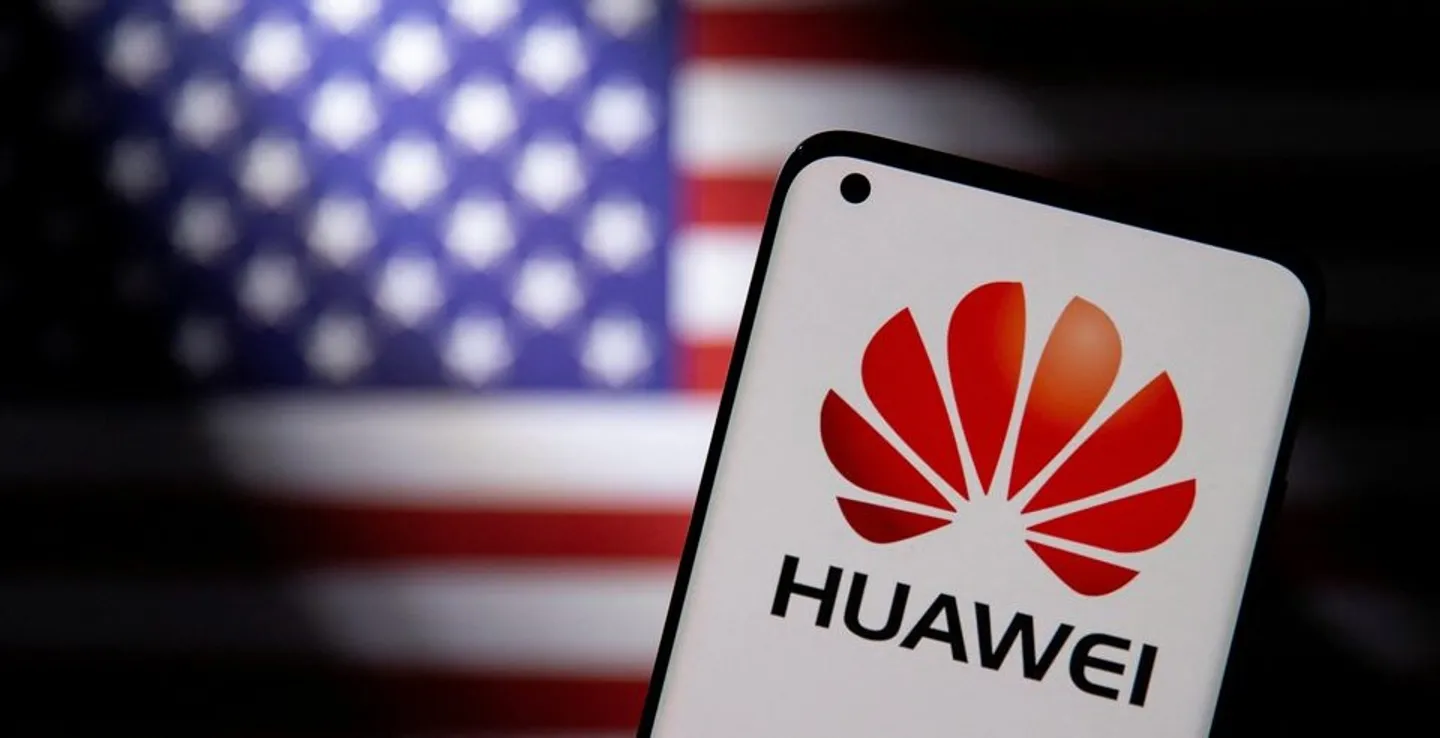China’s Huawei Technologies is preparing to test its most advanced artificial intelligence processor, as it looks to offer a domestic alternative to some of the higher-end chips made by top US chipmaker Nvidia.
The new chip, known as the Ascend 910D, is still in the development phase but is already generating attention inside China’s tech industry and drawing interest internationally.
Huawei has begun approaching Chinese companies to test the chip’s capabilities as it aims to compete against Nvidia’s H100 processor.
The American tech giant is banned from exporting its high-end chips to China as part of the US attempt to slow Beijing’s rise in the tech world.
Yet critics argue the move may be backfiring.
Dylan Patel, chief analyst at SemiAnalysis, calls the US chip export controls on China “very short-sighted.”
Huawei executives hope the 910D will outperform the H100 in some areas. Companies testing early versions have yet to independently verify their full capabilities. A batch of samples is expected to be available by the end of May.
“This is an important development as previously Chinese companies have had to use Nvidia chips to train and serve their models at a large scale,” says AJ Kourabi from SemiAnalysis.
A viable domestic option allows operational independence, which is seen as a “potential threat” as it could enable Chinese companies to catch up to US companies, says Kourabi.
Huawei’s capacity to advance despite restrictions has already drawn attention in other sectors. Late last year, Huawei made waves with the launch of its Mate 70 series smartphones. The phones were equipped with advanced HiSilicon chips, after the successful release of the Mate 60 Pro in 2023, which featured a Kirin 9000s processor.
The shift surprised many industry watchers, who had assumed that Washington restrictions on chip sales would significantly curb Huawei’s hardware ambitions. But recent developments have changed that view, and confidence in Huawei’s ability to challenge global tech leaders is no longer limited to China.
Last month, Jensen Huang, the Taiwanese-Chinese American founder of Nvidia, described Huawei as the “single most formidable tech company in China.”
“They have conquered every market they’ve engaged,” he said. He also criticised the US-led efforts to constrain the company which had been “done poorly” given their continued success.
His remarks carry added weight when considering that China makes up an estimated 20 to 25 percent of Nvidia’s annual revenue, according to tech analyst Grace Shao.
If Chinese firms start to turn decisively toward domestic alternatives like Huawei, the impact may be felt not just in geopolitical terms but on the balance sheets of American tech giants.

Self-supporting AI ecosystem?
Despite operating under tightening US restrictions that aim to limit its access to key technologies and markets, Huawei has made notable headway.
The Shenzhen-based firm reportedly accounts for more than three-quarters of total AI chips produced in China.
“As the chip ban took effect, Chinese AI companies began buying and hoarding inventory. However, Huawei’s launch of the Ascend 910B and then 910C completely disrupted the ecosystem in China and emerged as the most viable alternative to Nvidia’s sought-after A100 chip,” says Shao.
Huawei's older AI chips were made by Semiconductor Manufacturing International Corporation (SMIC) in China. The chips use 7-nanometer technology, which is less advanced than the 4 nm tech used by TSMC and Samsung.
However, these chips have still shown a significant improvement. The number of good chips they can produce has gone from about 20 percent to almost 40 percent. Such an increase indicates SMIC has enhanced its efficiency and reduced wastage, a key performance metric. Moreover, this progress aligns with Beijing's multi-year pursuit of domestic chip development, which is a long-standing national strategy, according to experts, rather than just a reaction to sanctions.
“China has long been interested in developing local capabilities,” Kourabi tells TRT World.
“They were always interested in doing this.”
The US export controls, he added, may have accelerated the urgency, but they did not single-handedly initiate the push toward local production.
Kourabi says there’s a potential for a transformative shift within China's AI landscape, as Huawei enhances its capabilities towards creating a “self-supporting AI ecosystem” within China.
During a meeting with President Xi Jinping, Huawei founder Ren Zhengfei reflected on how far China had come, saying the country no longer feels “lacking a core and soul”.
The phrase, first used in 1999, described China’s reliance on Western technology, where “core” referred to semiconductors and “soul” to operating systems.















